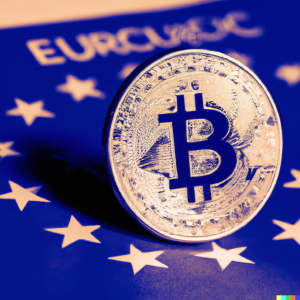
The European payments landscape is set to undergo a dramatic transformation in the coming years, thanks to the introduction of the Third Payment Services Directive, or PSD3. This new directive, which was approved by the European Parliament in November 2015, is designed to provide a more secure and efficient payments environment for consumers and businesses in the European Union. The changes brought about by PSD3 will have far-reaching implications for the way payments are made and received across the continent, and will bring about a number of benefits for all involved.
The main aim of PSD3 is to create a more competitive and innovative payments landscape in the EU, by introducing a number of new measures that will open up the market to new players and enable new payment services to be developed. The directive will also introduce a number of new consumer protection measures, such as stronger data protection and fraud prevention measures.
One of the key aspects of PSD3 is the introduction of the Payment Initiation Service (PIS). This service will allow customers to initiate payments directly from their bank account to a merchant, without having to use a credit or debit card. This will make it easier and more secure for customers to make payments, as well as reducing the costs associated with processing payments.
Another important feature of PSD3 is the introduction of Strong Customer Authentication (SCA). This will require customers to authenticate their identity before making a payment, using two-factor authentication such as a password and a one-time code sent to their phone. This will reduce the risk of fraud and ensure that payments are made securely.
PSD3 will also introduce a number of measures to make it easier for customers to access their payment information. Customers will be able to access their payment history and account balance, as well as being able to view and manage their payment transactions. This will make it easier for customers to keep track of their finances and manage their payments more efficiently.
The introduction of PSD3 will also bring about a number of changes to the way payments are made and received in the EU. For example, it will make it easier for customers to make international payments, as well as allowing for the development of new payment services such as mobile payments.
The changes brought about by PSD3 are set to have a huge impact on the payments landscape in Europe, and will bring about a number of benefits for both consumers and businesses. The introduction of the Payment Initiation Service, Strong Customer Authentication and easier access to payment information will make it easier and more secure for customers to make and receive payments, while the increased competition and innovation brought about by the directive will benefit businesses.





